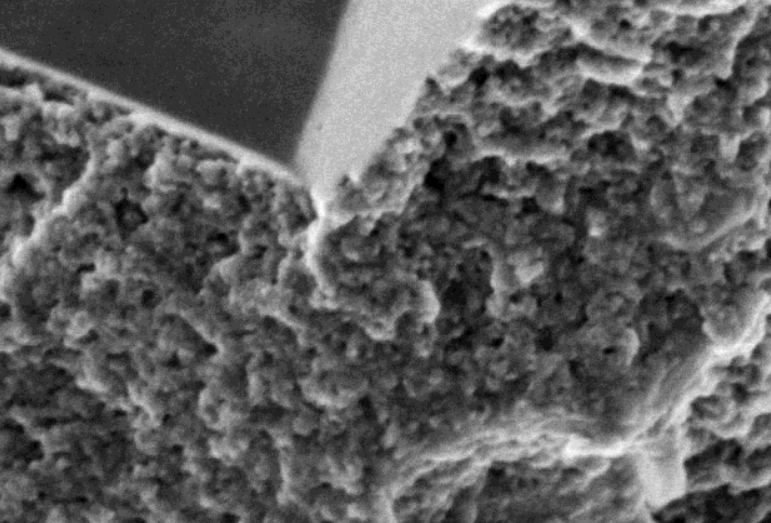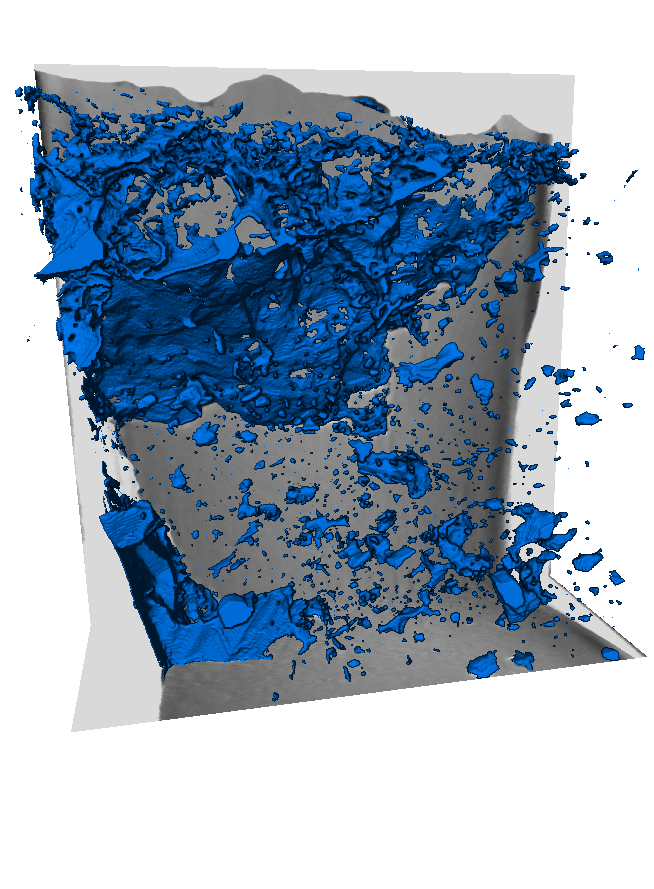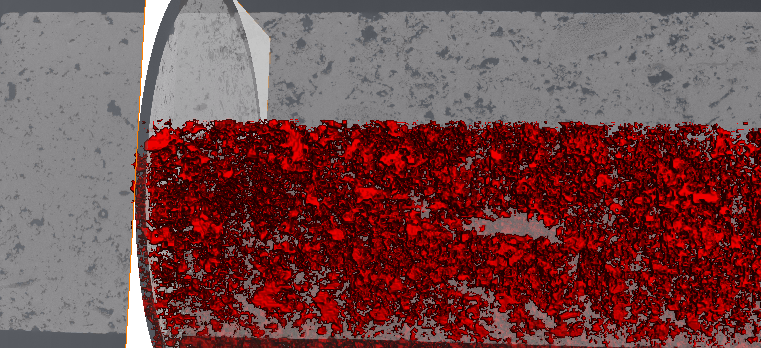Welcome to the PerGeos Use Case Gallery
Below you will find a collection of use cases using PerGeos Software. Based on the technology of its predecessor Avizo Software, PerGeos is a robust software platform for visualizing, processing, and analyzing 2D and 3D digital rock image data.
These use cases include scientific publications, articles, papers, posters, presentations or even videos that show how PerGeos is used to address various scientific and industrial research topics.

Optimization of production from shale reservoirs requires understanding of rock properties over a range of scales.
Multiple imaging techniques can be combined to determine the nature, connectivity, and wettability of nano-scale pore systems as well as the underlying mineralogy and organic textures that control reservoir behavior and the propensity of the matrix to fail and to contain expulsion cracks. The current study demonstrates new capabilities in integrated multiscale and time-res... Read more
Andrew Fogden, Alession Arena, Christopher Zhang, Ryan T. Armstrong

Pore-backs segmentation in PerGeos
Imagery produced from FIBSEMs (Dualbeams) provides users with unique data in terms of resolution and sample size that are not available with other techniques. Despite the power of this analytical approach, some limitations in quantifying the textural data restrict the accuracy of data obtained from FIBSEM images.
These limitations are derived from artifacts that occur during the acquisition of the data. Collecting data using a FIBSEM is a destructive, serial sectioning technique. A thi... Read more
Gwenole Tallec - Thermo Fisher Scientific

Segmentation tools and workflows in PerGeos
Imagery produced from FIBSEMs (Dualbeams) provides users with unique data in terms of resolution and sample size that are not available with other techniques. Despite the power of this analytical approach, some limitations in quantifying the textural data restrict the accuracy of data obtained from FIBSEM images.
Segmentation typically consists of a complex workflow involving multiple algorithms at multiple steps. Smart denoising and morphological filters are often included in the segm... Read more
Gwenole Tallec - Thermo Fisher Scientific